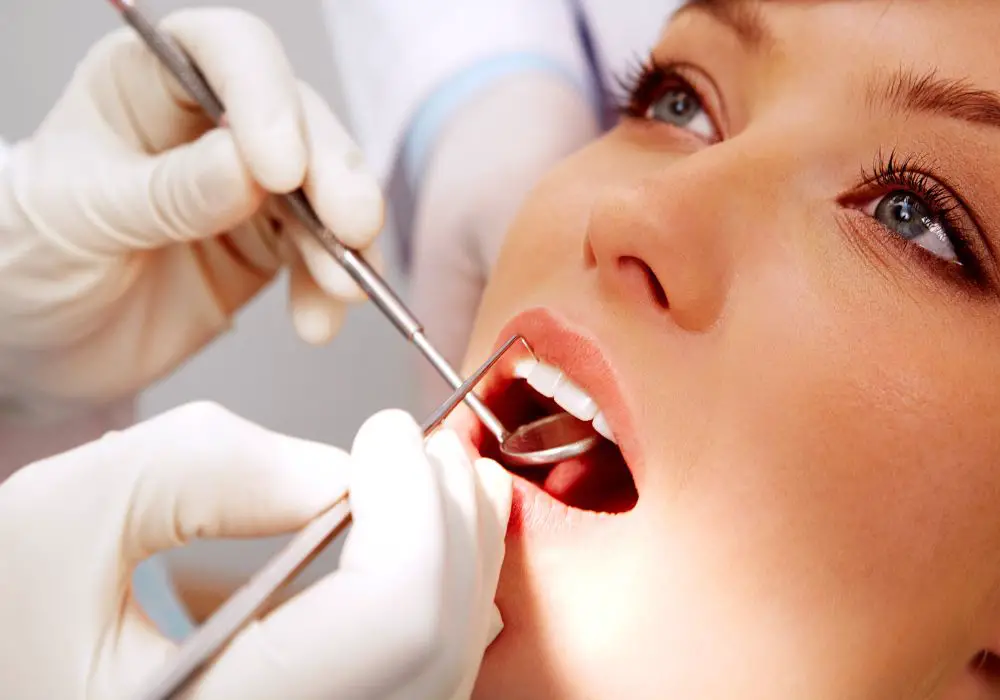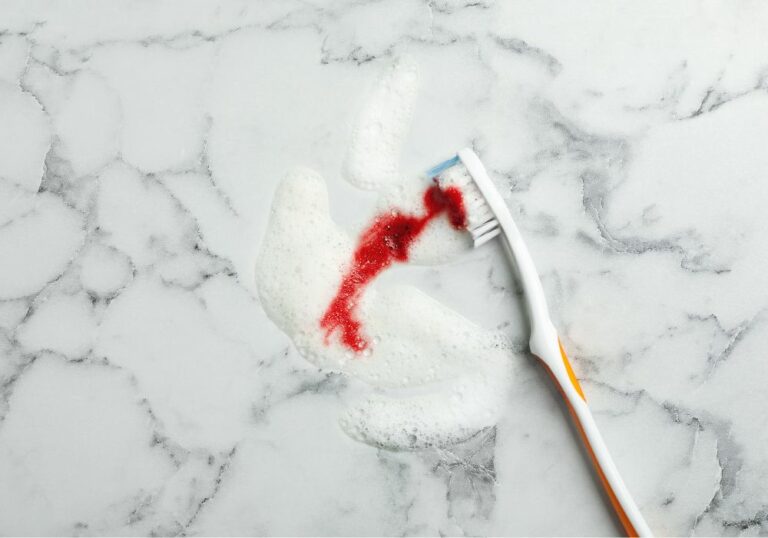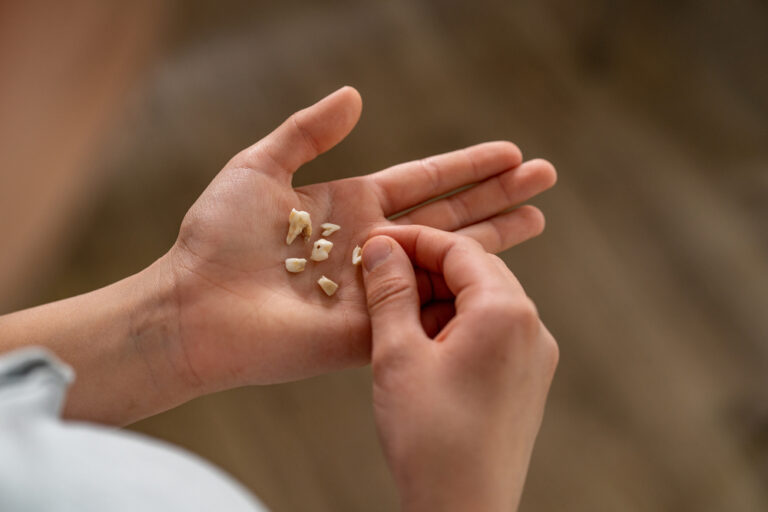Tooth decay is often thought of as a one-way street – once your tooth’s enamel is damaged by plaque acids, it’s damaged for good. But that’s not necessarily true. Teeth have a remarkable ability to heal themselves through the natural process of remineralization. With the right diet and oral care regimen, you may be able to reverse early stages of tooth decay and strengthen weakened areas of enamel. Read on to learn all about remineralizing teeth naturally.
What is tooth remineralization?

Remineralization is the process of restoring minerals like calcium, phosphate, and fluoride back into weakened areas of tooth enamel. Enamel is made up of hydroxyapatite crystals that contain these minerals. When bacteria in plaque produce acids, these minerals can be dissolved out of the enamel, causing demineralization and eventually tooth decay.
The key is to catch demineralization early before full cavitation of the tooth surface occurs. If the enamel remains intact, minerals from saliva and fluoridated products can redeposit back into the porous areas, restoring strength and function. This natural repair process is called remineralization.
What causes demineralization?
Demineralization occurs when plaque bacteria on the teeth metabolize sugar and produce acid as a byproduct. Common culprits include:
- Sucrose – Table sugar, candy, soda
- Lactose – Milk and dairy products
- Fructose – Fruit and fruit juices
- Maltose – Some refined grains
These sugars are easily metabolized by plaque bacteria like Streptococcus mutans into acids that dissolve tooth mineral. Frequent snacking or sipping on sugary drinks provides a constant supply of sugar that enables extended periods of acidity right next to the tooth’s surface.
Genetics can also play a role in enamel’s susceptibility to acid dissolution. Some people naturally have higher mineral content in their enamel than others. Environmental factors like chronic stress or nutritional deficiencies can also increase demineralization risk.
How does remineralization work?
Remineralization is achieved primarily through two mechanisms:
Saliva
Saliva contains calcium, phosphate ions, and buffers like bicarbonate that help neutralize plaque acids. Salivary proteins are also able to redeposit minerals back into enamel. Saliva continuously bathes the teeth, helping foster natural remineralization between meals.
Tip: Chewing sugar-free gum or mints can stimulate added saliva flow to boost remineralization.
Fluoride
Fluoride is a mineral that helps strengthen enamel against acid attacks. It also attracts calcium and phosphate, pulling the minerals back into porous enamel to rebuild hydroxyapatite crystals. Fluoride can be obtained through fluoridated drinking water, toothpaste, mouth rinses, varnishes and gels applied professionally.
What are signs of early demineralization?

Early demineralization can be detected as:
- White spot lesions – Chalky opaque areas along the gumline
- Increased surface porosity – Enamel feels rough to probing
- Surface discolorations
- Higher risk of cavitation from probing instruments
- Radiographic evidence of demineralization under enamel
These signs indicate loss of mineral structure beneath the enamel, but cavitation has not yet occurred. At this stage, the teeth can still reharden through remineralization.
Can cavitated cavities be repaired?
Once a full cavity forms, the enamel is too severely damaged for remineralization to functionally repair it. However, minerals can still migrate into the subsurface layer of remaining tooth around the cavity. This additional mineral content helps slow the caries process and protect the tooth from further damage.
How to remineralize teeth
There are several ways to enhance remineralization:
1. Reduce sugar intake
Cutting out between-meal snacking and limiting sugary foods and drinks limits the amount of acidity in the mouth. This gives saliva and fluoride more opportunity to complete the remineralization process.
Follow basic dietary guidelines:
- Drink water and milk primarily
- Limit fruit juice to a small glass daily
- Avoid soda and sports drinks
- Choose whole fruits over juices
- Reduce sweets like candy, cookies, and cakes
2. Stimulate saliva flow
As mentioned earlier, chewing sugarless gum or mints can promote saliva flow. Acidic foods like cheese can also boost salivary flow.
3. Fluoride application
Use fluoridated toothpaste twice daily and mouth rinse once daily. Your dentist may also apply concentrated fluoride varnish or gel periodically, especially if you are very cavity-prone.
4. Calcium and phosphate
Ensure you get adequate calcium from dairy, leafy greens, nuts, and supplements. Phosphorus is abundant in protein-rich foods like meat, eggs, fish and beans.
5. Xylitol
Xylitol is a natural sugar alcohol with antibacterial effects. It helps reduce acid-producing bacteria in plaque and saliva. Use xylitol-sweetened gum and mints.
6. Casein phosphopeptide amorphous calcium phosphate
Casein phosphopeptide-amorphous calcium phosphate (CPP-ACP) is a compound often added to specialty toothpastes that contains calcium and phosphate bound to a milk protein. This compound delivers concentrated minerals for remineralization. CPP-ACP products like Tooth Mousse can be prescribed by dentists.
7. Nanohydroxyapatite
Nanohydroxyapatite is an advanced calcium phosphate compound with a similar crystalline structure to tooth mineral. It binds easily to enamel and helps rebuild minerals. Brands like Nano-Hydroxyapatite Toothpaste contain this compound.
What foods remineralize teeth?

Dairy
Products high in calcium like milk, yogurt and cheese stimulate saliva and provide calcium and phosphate. Opt for low sugar varieties.
| Food | Remineralizing Compounds |
|---|---|
| Milk | Calcium, phosphates |
| Yogurt | Calcium, phosphates |
| Cheese | Calcium, phosphates, protein |
Nuts and seeds
Nuts and seeds contain calcium, phosphates, and other minerals. Some examples:
| Food | Remineralizing Compounds |
|---|---|
| Almonds | Calcium, magnesium |
| Cashews | Zinc, magnesium |
| Walnuts | Calcium, magnesium |
| Chia seeds | Calcium, phosphorus |
| Sesame seeds | Calcium, zinc |
Vegetables
Leafy greens, carrots, broccoli and other veggies provide calcium, phosphate, vitamin C and K.
| Food | Remineralizing Compounds |
|---|---|
| Spinach | Vitamin K, calcium, iron |
| Kale | Vitamin K, calcium,iron |
| Carrots | Vitamin A, calcium |
| Broccoli | Vitamin K, calcium, iron |
Fruits
Fruits should be limited due to their sugar content. Some remineralizing options: pineapple, strawberries, raspberries, kiwi.
Meat and fish
Animal proteins supply calcium, phosphates, vitamin D and collagen.
| Food | Remineralizing Compounds |
|---|---|
| Salmon | Calcium, phosphates, vitamin D, omega-3s |
| Sardines | Calcium, phosphates, vitamin D |
| Eggs | Phosphates, vitamin D, protein |
| Chicken | Phosphates, protein, vitamin B |
Fortified foods
Many foods are fortified with calcium, vitamin D and phosphates like orange juice, cereals, bread and plant-based milks. Check the nutrition labels.
FQA about Remineralizing Teeth
Here are answers to some frequently asked questions about remineralizing teeth:
Q: How long does remineralization take to repair early damage?
A: With consistent use of fluoride and a pH-balanced diet, remineralization of early white spot lesions can occur within weeks to months. However, the process is ongoing – minerals will continue to strengthen enamel as long as you keep up remineralization habits.
Q: Can braces and other appliances be remineralized?
A: Yes, any enamel surface exposed to saliva and fluoride can remineralize, including enamel under orthodontic brackets or retainers. Using fluoride toothpaste and rinse is critical with braces.
Q: Do fluoride treatments remineralize teeth?
A: Yes, professional fluoride applications like varnish or gel boost remineralization more than just toothpaste alone. The concentrated fluoride absorbs deeply into enamel to harden it.
Q: Does xylitol remineralize teeth?
A: Xylitol doesn’t directly deliver minerals, but it does reduce harmful mouth bacteria and increase saliva flow to support remineralization. It is most effective when combined with fluoride.
Q: Can severe cavities be remineralized?
A: Unfortunately no, once cavities extend through the enamel into the dentin layer beneath, remineralization cannot functionally repair the hole. Fillings or crowns are needed for stability. But surrounding enamel can still benefit from mineralization.
In summary, teeth have an incredible ability to reharden thanks to the natural remineralization process. Supporting this with a mineralizing diet, fluoride exposure and bacteria control can help reverse early decay and strengthen enamel. But cavitated decay still requires traditional fillings or crowns to restore the tooth structure. Maintaining diligent oral hygiene plus regular dental cleanings and fluoride treatments can maximize the remineralizing effects for stronger, healthier teeth long-term.






